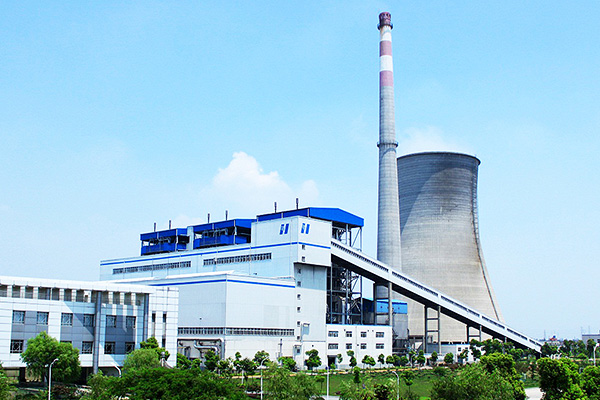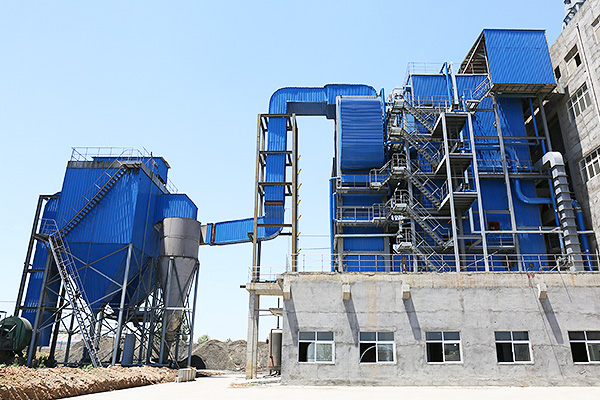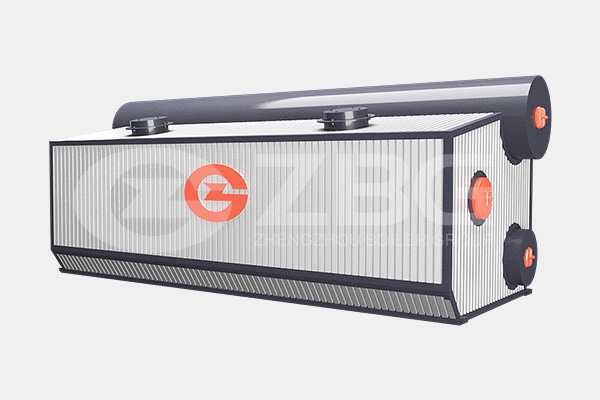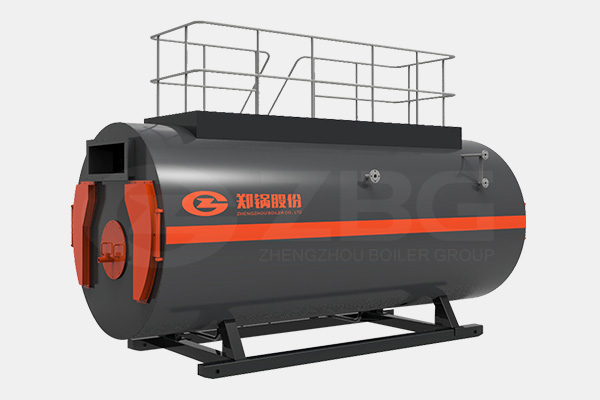Why Refractory Materials Are Required in Boiler Furnace
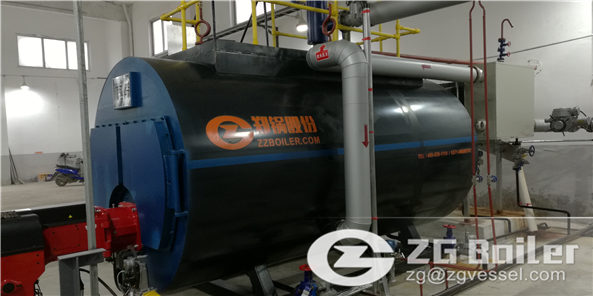
Boiler furnace is that part of the boiler where the temperature of the system reaches the highest. The furnace produces the necessary heat required by burning the fuel oil inside its small closed chamber. Because of the fuel combustion the internal temperature goes extremely high and for this reason it is necessary that the walls of the furnace are stacked with proper high temperature withstanding material.
The type of material used in the the furnace walls of the boilers is known as refractory material. The refractory acts as both an insulating material and a protective layer for preventing the external walls of the boiler from getting damage.
The basic requirement of boiler refractory materials is that they should contain the heat generated in the furnace. They must therefore have good insulating properties and be able to withstand the high temperatures to which they will be exposed. They must also have significant mechanical strength to resist the forces set up by the weight of adjacent brickwork, etc.; to withstand vibration; and cutting and abrasive action of the flame and flue dust.
The material should be able to expand and contract uniformly with temperature change without cracking. Economically, it is not possible to use a single refractory in the boiler and thus different types are used to together after ascertaining that they are able to withstand the temperatures they are subjected to.
